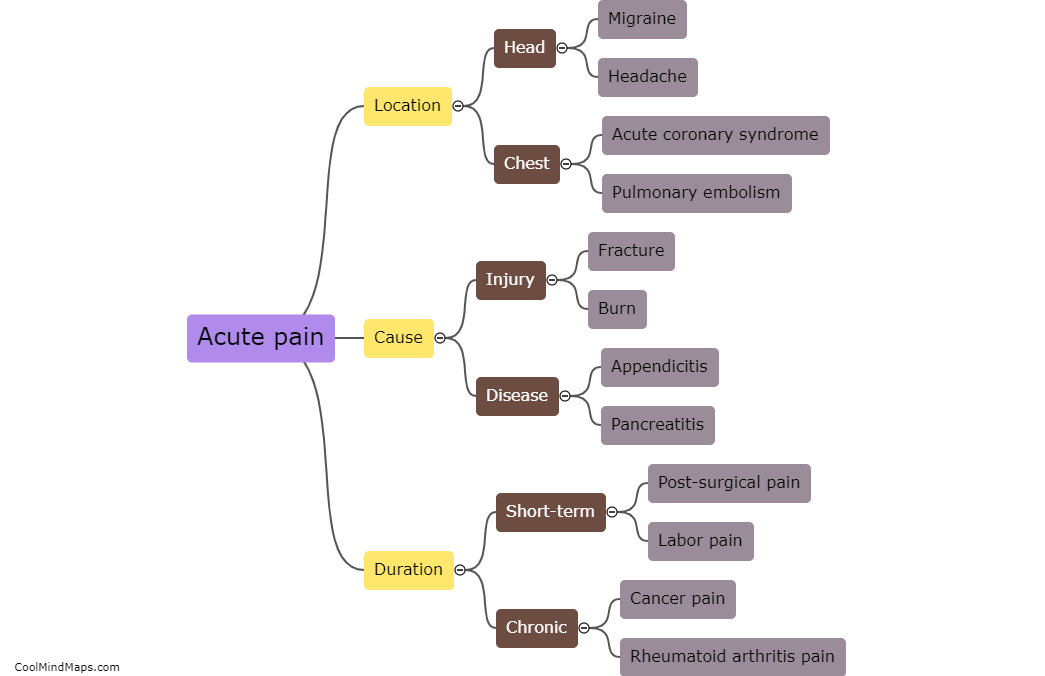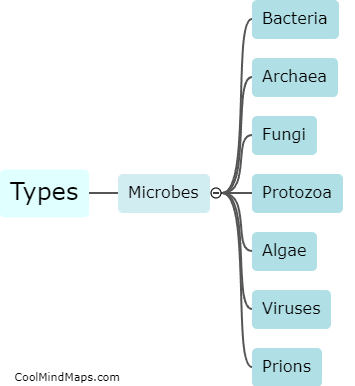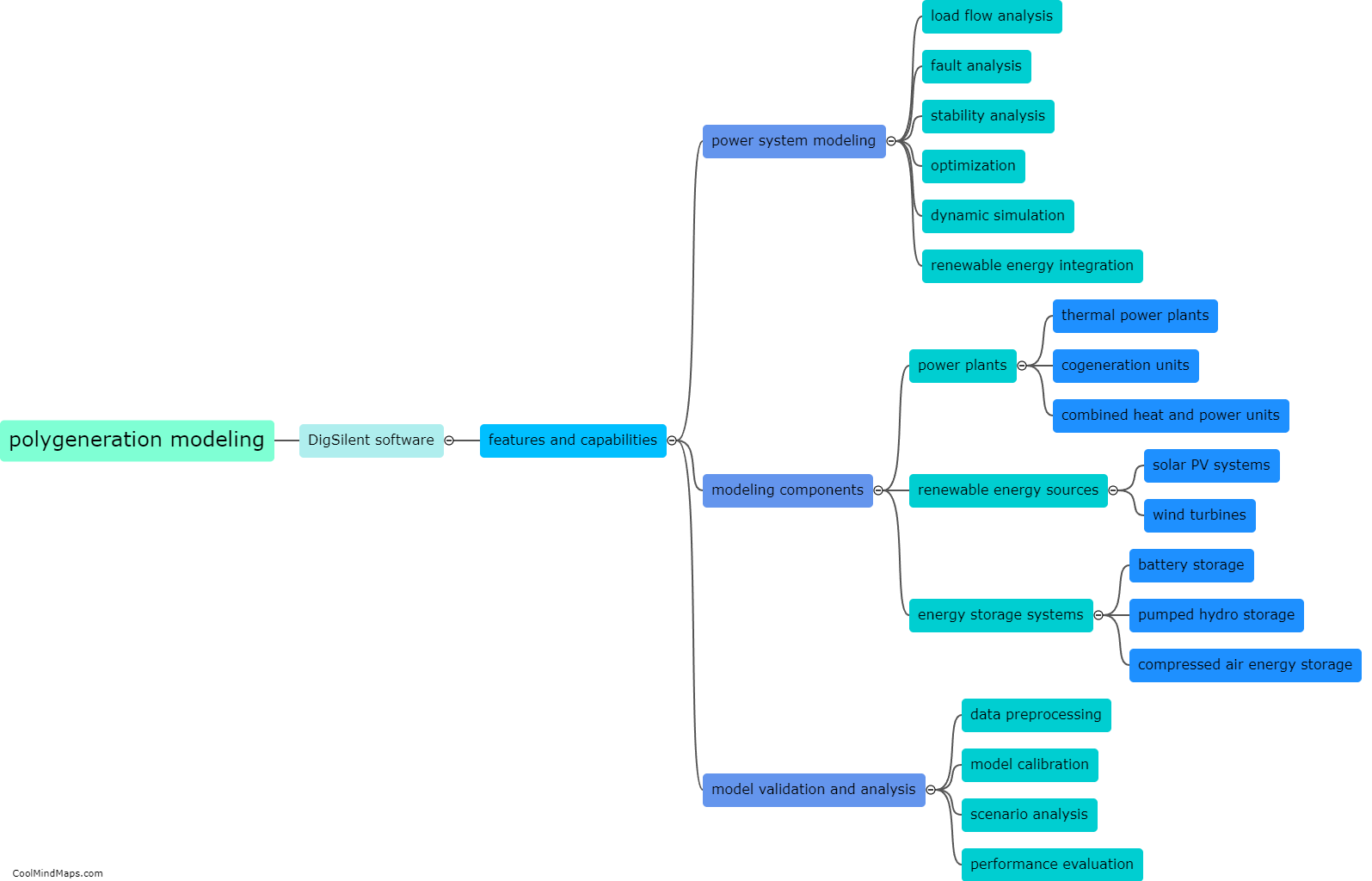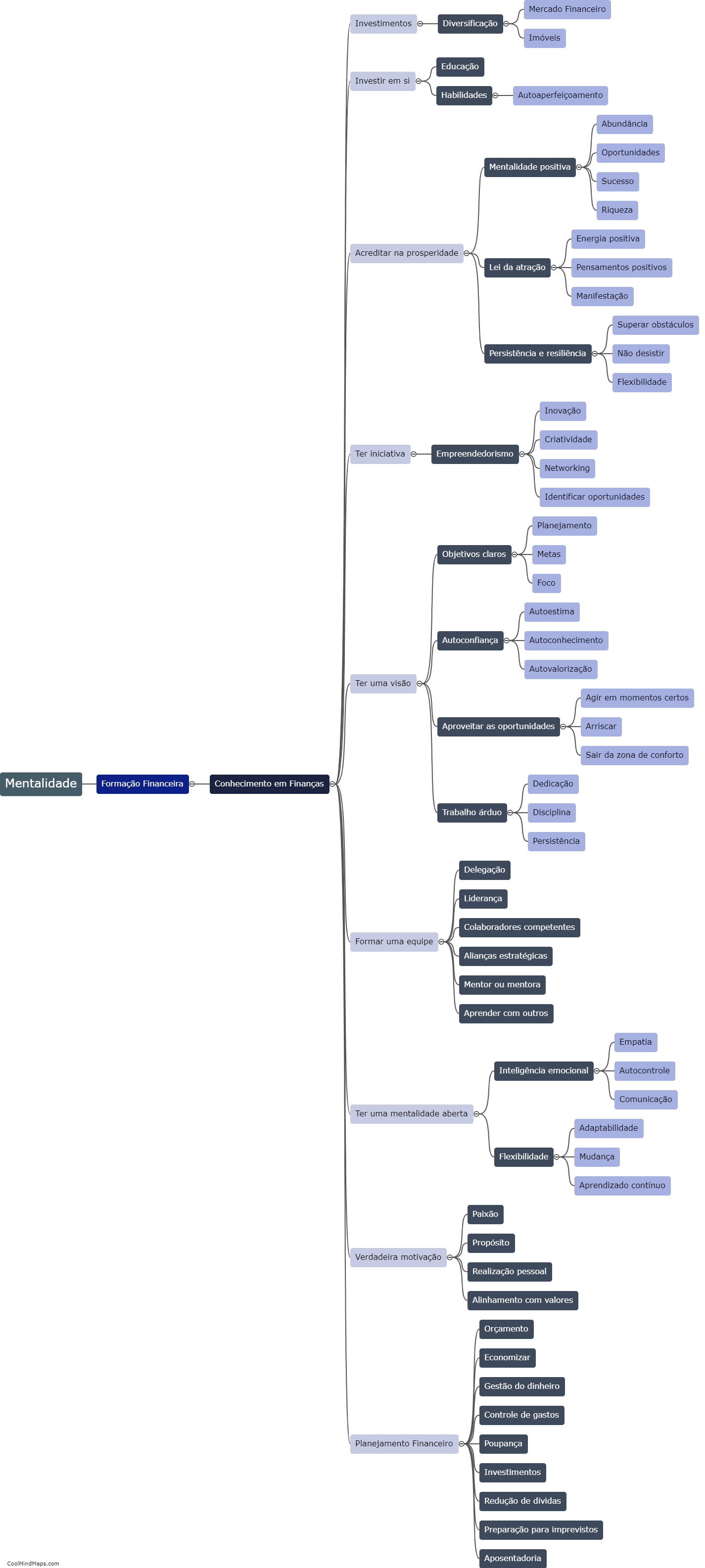What are the key components of a polygeneration system?
A polygeneration system is a multifaceted energy system that simultaneously produces multiple forms of energy, such as electricity, heat, cooling, and other useful byproducts. The key components of a polygeneration system include various interconnected technologies. Firstly, a primary energy source, such as natural gas, biomass, or solar energy, is required. This primary energy is utilized by a combination of power generation units, such as gas turbines, steam turbines, or fuel cells, to produce electricity. The waste heat generated during power generation is then recovered, processed, and utilized for heating or cooling purposes through the integration of cogeneration or trigeneration systems. Additionally, advanced technologies like absorption or adsorption chillers can also be integrated to further enhance the cooling capacity of the system. Overall, the key components of a polygeneration system work synergistically to maximize energy efficiency and minimize waste by utilizing multiple energy sources and producing multiple energy outputs.

This mind map was published on 6 December 2023 and has been viewed 88 times.











